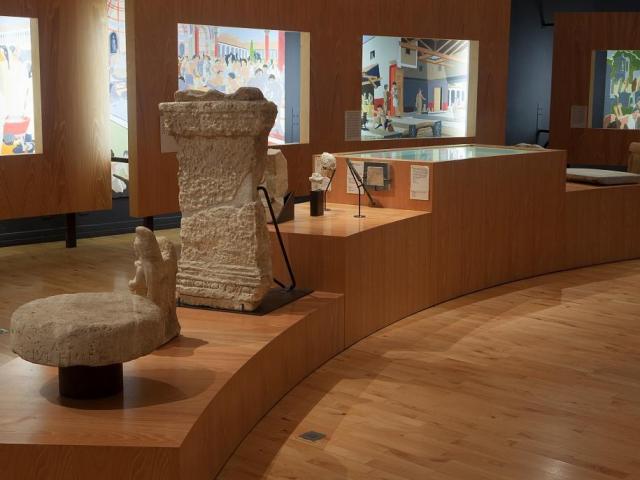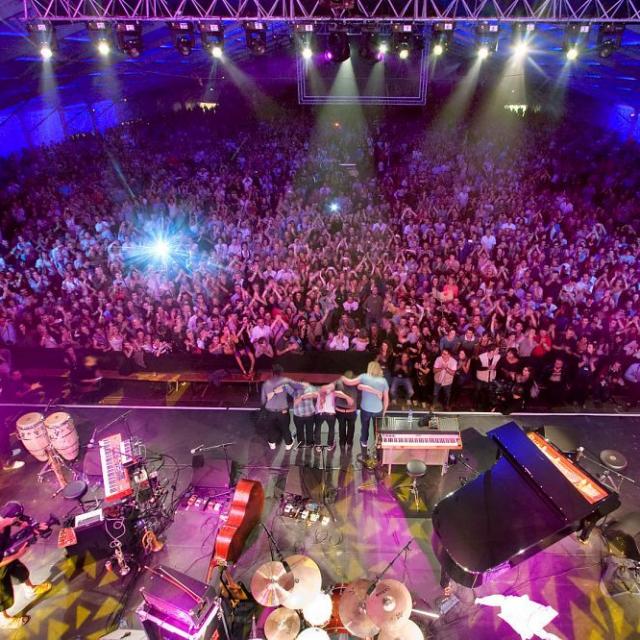 The Museum of the Treasure of Eauze
The Museum of the Treasure of EauzeThe Trésor d’Éauze archaeological museum is home to an exceptional treasure trove unearthed in 1985.
It consists of over 28,000 coins, some 50 items of jewelry and precious objects.
Everyday objects are also on display, such as iron blades, a carved ivory handle and a bronze key.
This burial is thought to date back to 261 BC. This treasure trove is also remarkable for its number of objects and their state of preservation.












